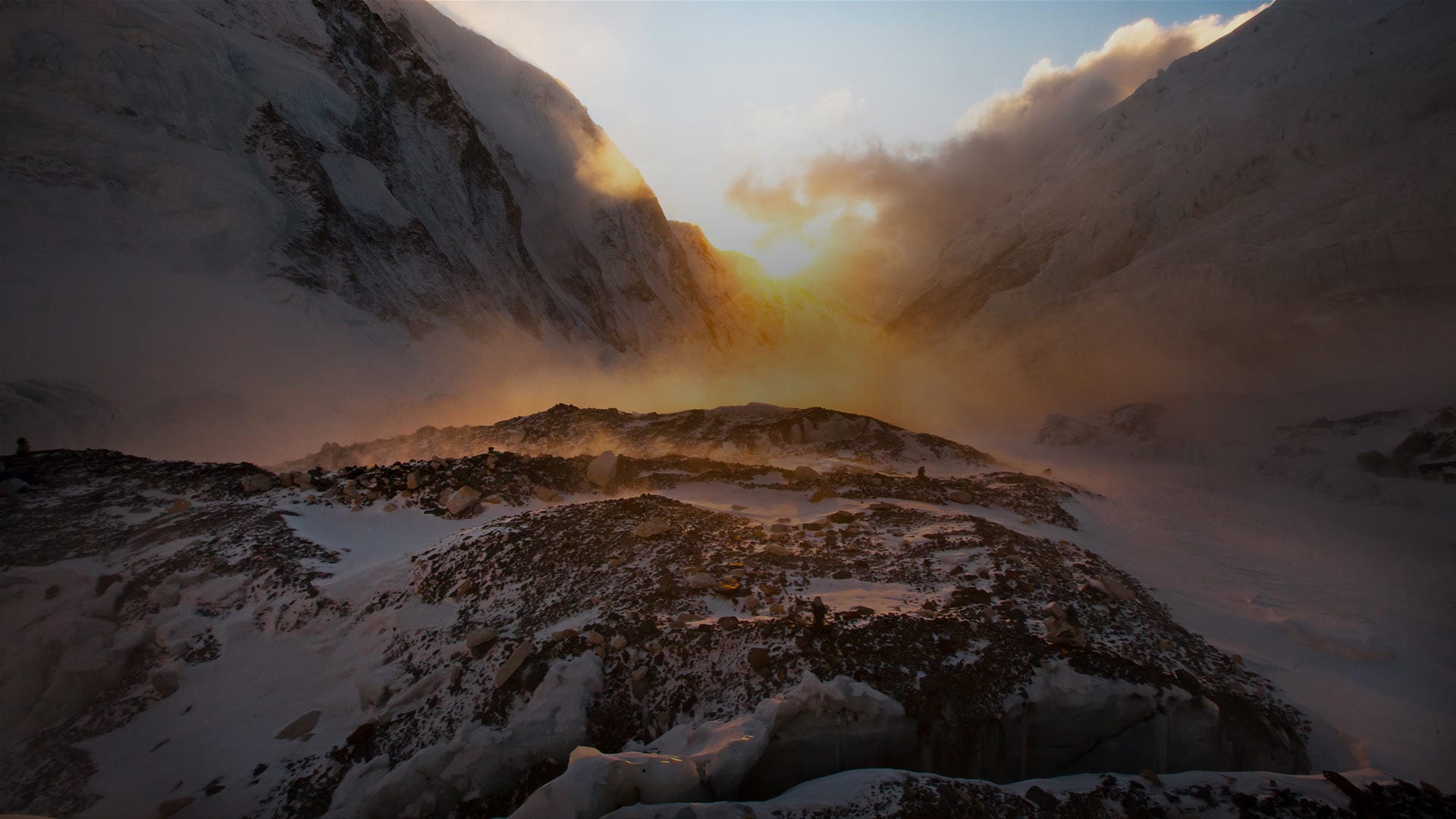For the founder of Rolex, Hans Wilsdorf, the world was like a living laboratory. He began to use it as a testing ground for his watches from the 1930s, sending them to the most extreme locations, supporting explorers who ventured into the unknown. But the world has changed. As the 21st century unfolds, exploration for pure discovery has given way to exploration as a means to preserve the natural world. Rolex continues the legacy of its founder, supporting the explorers of today on their new mission: to make the planet perpetual.
To this aim, in 2019, Rolex is launching a campaign titled Perpetual Planet. For now, it embraces an enhanced partnership with the National Geographic Society to collect climate data and Sylvia Earle’s Mission Blue initiative to protect the oceans through a network of marine protected “Hope Spots”. It also embraces the Rolex Awards for Enterprise that recognize individuals with projects that advance knowledge and protect human well-being and the environment.
A living laboratory
Being a part of some of humanity’s greatest adventures inspired Rolex’s commitment to exploration and explorers, as well as something beyond discovery: a sense that we, as humans, must join together to take better care of the planet.

